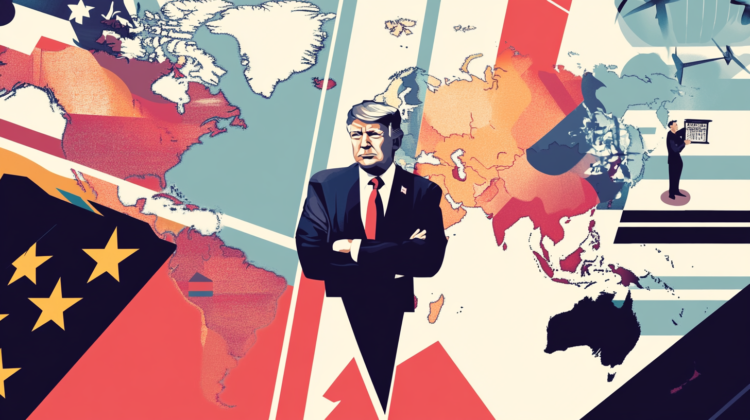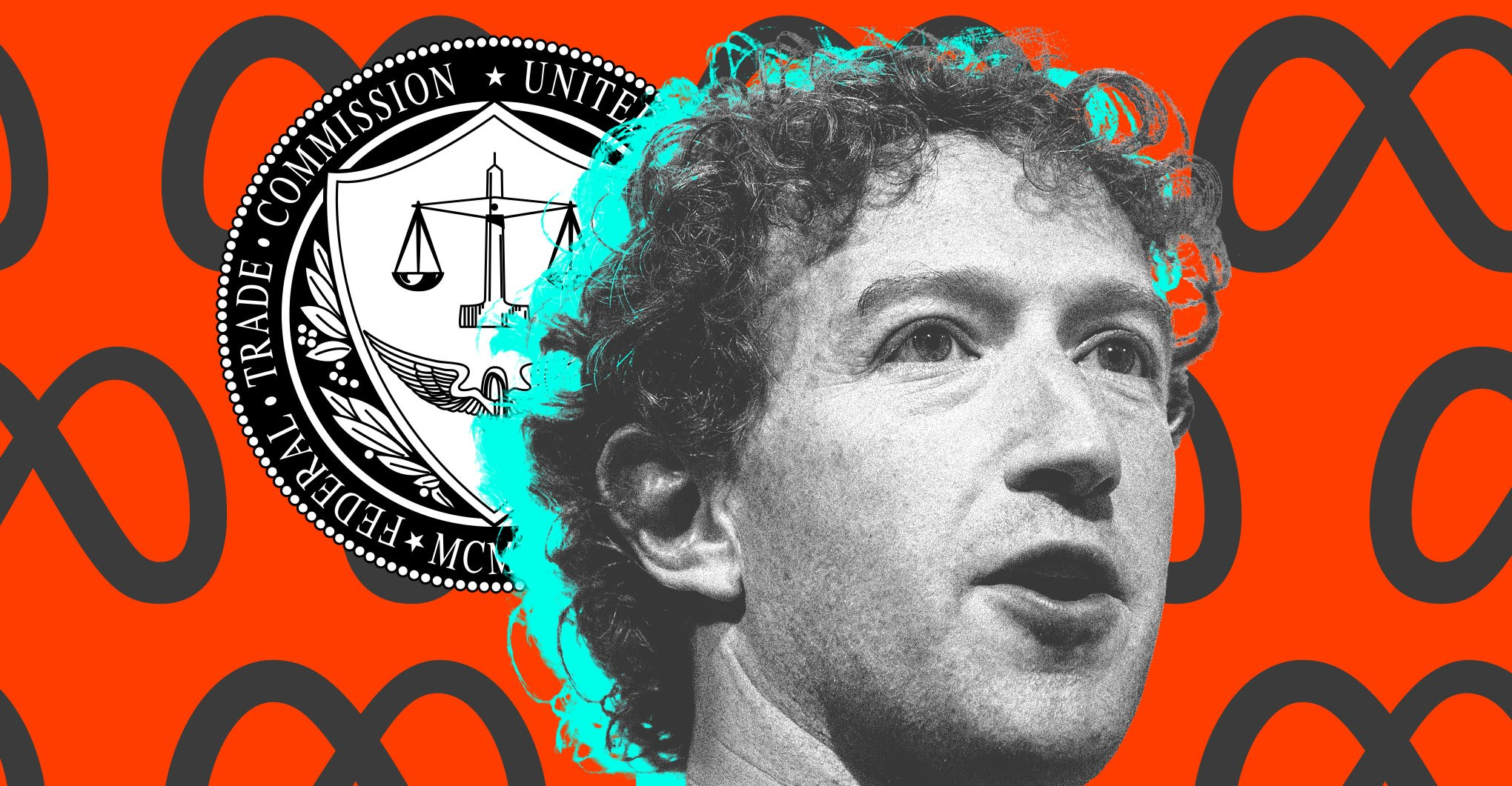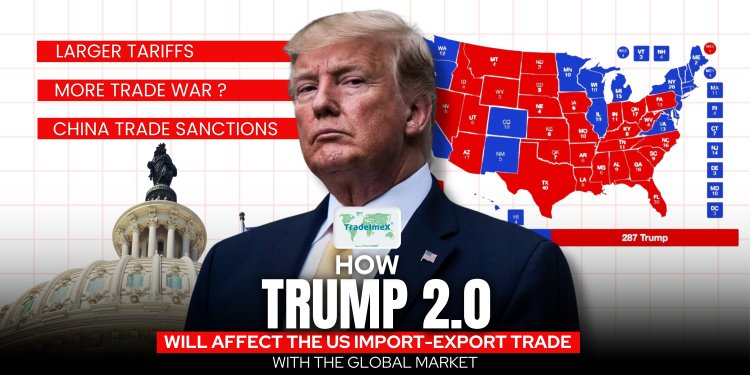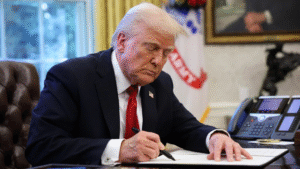U.S.-Iran Nuclear Talks: Where Do They Stand Now?
In April 2025, the complex and high-stakes negotiations between the United States and Iran over Tehran’s nuclear program are once again in the global spotlight. After a series of unofficial diplomatic engagements in early 2025, both sides are weighing the possibility of reviving a modified version of the 2015 Joint Comprehensive Plan of Action (JCPOA).
But with regional tensions running high — especially after escalations in the Red Sea and Iran’s growing cooperation with Russia and China — reaching an agreement remains more complicated than ever.
A Brief Recap: Why the Talks Broke Down
The original JCPOA, signed in 2015, limited Iran’s uranium enrichment in exchange for sanctions relief. But in 2018, the U.S. withdrew under President Trump, re-imposing crippling sanctions. Iran responded by increasing its enrichment to near weapons-grade levels.
Since then, diplomatic efforts have failed to fully restore the deal, with talks stalling repeatedly over sequencing, verification mechanisms, and regional issues like Iran’s ballistic missile program.
What’s New in 2025?
According to reports from Al Jazeera and The Washington Post, backchannel talks resumed in early March 2025, facilitated by Omani and Qatari diplomats. These talks are reportedly focused on a narrower framework — what some analysts are calling a \”JCPOA-lite.\”
Key changes in the latest round include:
- A potential cap on uranium enrichment at 20% (well below weapons-grade)
- Sanctions relief limited to humanitarian trade, aviation, and select energy exports
- Increased monitoring by the IAEA in exchange for gradual de-escalation
However, formal negotiations have not resumed in Vienna, and both sides remain publicly cautious.
Source: Al Jazeera, March 27, 2025
Domestic Pressures on Both Sides
In the U.S., the Biden administration is facing political pressure ahead of the November election. Critics argue that any new agreement may appear weak on Iran, while supporters stress the need to avoid escalation in the Gulf and prevent a nuclear arms race.
In Iran, hardliners dominate parliament, and Supreme Leader Ayatollah Khamenei has signaled that Iran will not accept \”unilateral concessions\” from the West. The country’s worsening economic situation, however, is pushing Tehran to consider partial relief through negotiation.
Regional Complications
Several factors complicate the path forward:
- Iran’s support for proxy groups in Lebanon, Syria, and Yemen
- Increased Israeli threats of pre-emptive military action
- Iran’s deepening military and tech ties with Russia — especially drone exports
Saudi Arabia and the UAE, while cautiously optimistic, are urging the U.S. not to trade short-term nuclear limits for long-term regional security risks.
What’s at Stake?
The stakes could not be higher. A failure to reach an agreement risks:
- A regional arms race, with Gulf states reconsidering their own nuclear options
- Further destabilization of oil markets and shipping lanes
- Potential military escalation between Iran and Israel or U.S. allies
Meanwhile, the International Atomic Energy Agency (IAEA) has warned that Iran’s current stockpile of enriched uranium is close to the threshold where \”breakout time\” — the time to develop a bomb — could be reduced to weeks.
Conclusion
While the U.S.-Iran nuclear talks in 2025 are far from yielding a full agreement, diplomatic signals suggest that both sides are exploring a return to the table — albeit cautiously and on limited terms. With elections looming in both countries and regional dynamics in flux, the next few months could determine whether diplomacy prevails — or if confrontation becomes the only path left.
For now, the world watches — again — as two longtime adversaries negotiate over the future of peace, proliferation, and power in the Middle East.





Post Comment